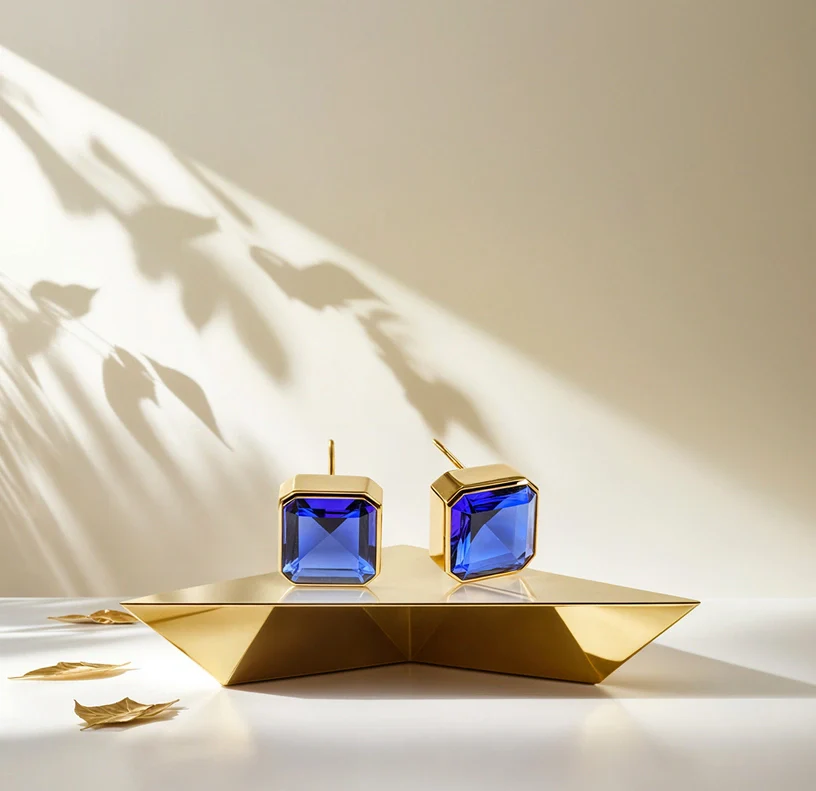Why Do Some Men Look Better in Indian Wear (And How Can You)?

Strong 8k brings an ultra-HD IPTV experience to your living room and your pocket.
Ever wondered why Ranveer Singh’s sherwani sets Instagram on fire…
…while your cousin in a kurta looks like he borrowed it last minute from a lost-and-found bin?
It’s not luck.
It’s not genetics.
And it’s definitely not just about the price tag.
It’s about strategy.
Indian wear is one of the most flattering styles a man can wear, if you understand how to match tradition with your build, skin tone, and personal flair.
And that’s what we’re diving into.
This isn’t your usual “pair your kurta with mojaris” blog.
This is the science-backed, culture-fueled, influencer-tested breakdown of why Indian wear can transform the way you look, and how to make it work for you.
Let’s start with the most underrated reason men look amazing in Indian outfits:
Understanding Proportions
They know their proportions.
Sherwanis and bandhgalas; they’re engineered to elongate, balance, and amplify.
For instance…
If you have broad shoulders and a V-shaped torso, a structured sherwani does the heavy lifting. Literally. It brings sharpness to your outline and makes you look taller and more balanced. (No gym selfie needed.)
On the flip side, if you’ve got a leaner build, adding a Nehru jacket or layered dupatta gives volume up top and evens things out.
Now, here’s something almost no fashion blog talks about:
your lower body shape matters too.
Dhotis vs. churidars?
Preference or region, they are not just that. They create optical illusions.
Pleated dhotis can bulk up slim legs.
Churidars hug muscular calves and clean up the lines.
Tailoring your silhouette is not a trick. It’s a tactic.
Now let’s talk about something you’ve probably overlooked:
Skin Tone and Color Theory
Your skin undertone changes everything.
Most guys know red = weddings.
But have you ever noticed how some shades make you glow while others wash you out?
It’s science, color theory, to be precise.
Men with warm undertones (think golden, yellowish skin) look phenomenal in earthy shades like saffron, mustard, and bronze. Add some matte textures like tussar or raw silk, and boom, you’ve got royalty in the mirror.
Men with cool undertones (pinkish, bluish skin) pull off emerald green, royal blue, and silver like a dream. Especially when the fabric is soft or matte (hello, khadi!).
Here’s a cheat table you can screenshot:
| Skin Undertone | Best Colors | Fabrics to Avoid |
| Warm | Saffron, Bronze, Mustard | Glossy synthetics |
| Cool | Emerald, Royal Blue, Silver | Heavy shimmer |
This small change alone can upgrade your look by 10x.
But looking good is not only about fitting in physically.
It’s also about cultural confidence.
Cultural Confidence and Presence
Have you ever seen a groom wear a turban with such poise that even the baraatis go silent?
That’s not only styling.
It is charisma rooted in owning tradition.
Men who wear Indian attire with conviction, like they were born to wear it, instantly elevate their presence. It’s what psychologists call “enclothed cognition” (source: Journal of Experimental Social Psychology). The way you dress directly impacts how you carry yourself.
So when you wrap that dupatta or tie that safa, don’t second-guess it.
Wear it like your grandfather did, with pride.
Most style guides stop here.
But here’s where it gets interesting…
The texture of your fabric changes the message your body sends
If you’ve got a broad chest or wide frame, avoid stiff brocade, it’ll make you look like a walking box. Instead, go for fluid fabrics like cotton-silk blends or mulmul.
If your build is angular or narrow, stiffer fabrics actually help. They add definition and presence. Think chanderi or jacquard.
And don’t sleep on Gen Z hacks, they’re mixing soft silk kurtas with distressed denim and sneakers. Not to be rebels. But to make Indian wear relatable.
Now let’s address the elephant in the room:
How much bling is too much?
Here’s an unpopular opinion:
Sometimes, more is more.
One bold accessory, like a heavy Kundan brooch or oxidized kada, can be a game-changer. Not just for style points, but for balancing your body visually.
Got a little softness around the waist?
Throw on a statement necklace or layered dupatta to draw attention upward.
The trick is to keep it intentional, not random.
Dress for Your Region
You might also be wearing the wrong outfit for your region.
In humid areas like Kolkata or Chennai, a heavily embroidered sherwani will leave you sweating bullets before the sangeet even starts.
But a Lucknowi chikankari kurta?
That’s breathable, light, and crazy elegant. Especially on slimmer builds.
Meanwhile, in drier, cooler states like Rajasthan or Punjab, you can go heavier, bandhgalas with zardozi, layered shawls, etc. These pieces not only suit the climate, but also balance out bigger frames.
That’s the power of regional tailoring most fashion sites skip.
Body-Type Based Styling Tips
So what can YOU actually do to look sharper in Indian wear starting today?
If you’re slim:
Layer up. Add a bandhgala over a kurta. Choose vertical embroidery. And avoid oversized kurtas, they swallow your frame.
If you’ve got an athletic build:
Stay away from ultra-tight churidars. Go for straight-cut trousers or even tapered dhotis to let your legs breathe.
If you’re plus-size:
Monochrome works wonders. Try deep-colored silk sherwanis with minimal threadwork. Keep your dupatta draped simply, don’t cross it over your body. That just adds volume.
Looking for something modern?
Reddit and Quora users have been quietly swapping pajama pants for slim tailored trousers. Throw in Chelsea boots and suddenly, your kurta works for a client pitch and a cocktail night.
Footwear and Modern Styling
Yes, mojaris and juttis are classic.
But mojaris with Western twists (think metallic buckle, dual-texture leather) are the bridge between old-school and office-casual.
If your kurta in kurta pajama for men has a high slit, avoid bulky shoes. It breaks the flow.
Let’s make this even more practical.
Two case studies. Real guys.
Case 1: A 5'6" guy hated Indian wear. Everything looked oversized.
The fix? A shorter achkan ending mid-thigh. Paired with tapered trousers. He looked 2 inches taller.
Case 2: A guy with a soft belly avoided kurtas.
We gave him asymmetrical hemlines, V-neck cuts, and high-contrast stoles. The eye moved up, not sideways.
You don’t need a designer.
You need intention.
And while we’re talking future:
The Future of Indian Menswear
Designers are now experimenting with bio-silk that puts a stop to wrinkle, and even AI-assisted tailoring that adjusts to your natural posture. A sherwani that adapts to your shoulders as you move, how cool would that be?
Sustainability’s catching up too, brands like Bhoomi and Jaipur Modern are using organic dyes and zero-waste techniques.
Fashion with function? Finally
Your 7-Point Style Checklist
Before we wrap up, here’s a quick 7-point style checklist.
Use this every time you get dressed for a wedding or festival.
- Does my neckline suit my face shape? (V-neck slims a round face. Mandarin adds length.)
- Are my sleeves hitting the wrist bone? Too long = borrowed vibes.
- Is the color working with my undertone?
- Did I balance my layers, without looking bulky?
- Is my embroidery scale proportional to my body size?
- Do my shoes continue the silhouette, or break it?
- Most important: Do I feel like myself in this outfit?
If the answer’s yes, you’re ready.
Indian wear is not only about tradition vs. modern.
It’s about you owning both.
So experiment.
Tailor.
Accessorize with purpose.
And next time someone says, “You’re killing it in that outfit,”
You’ll know exactly why.
Why this guide was different:
Most blogs give you Pinterest-level tips. This one dug deep, from color psychology to optical illusion theory, from Reddit hacks to ancestral draping styles. We broke down why Indian wear works, and how to make it yours.
Note: IndiBlogHub features both user-submitted and editorial content. We do not verify third-party contributions. Read our Disclaimer and Privacy Policyfor details.







